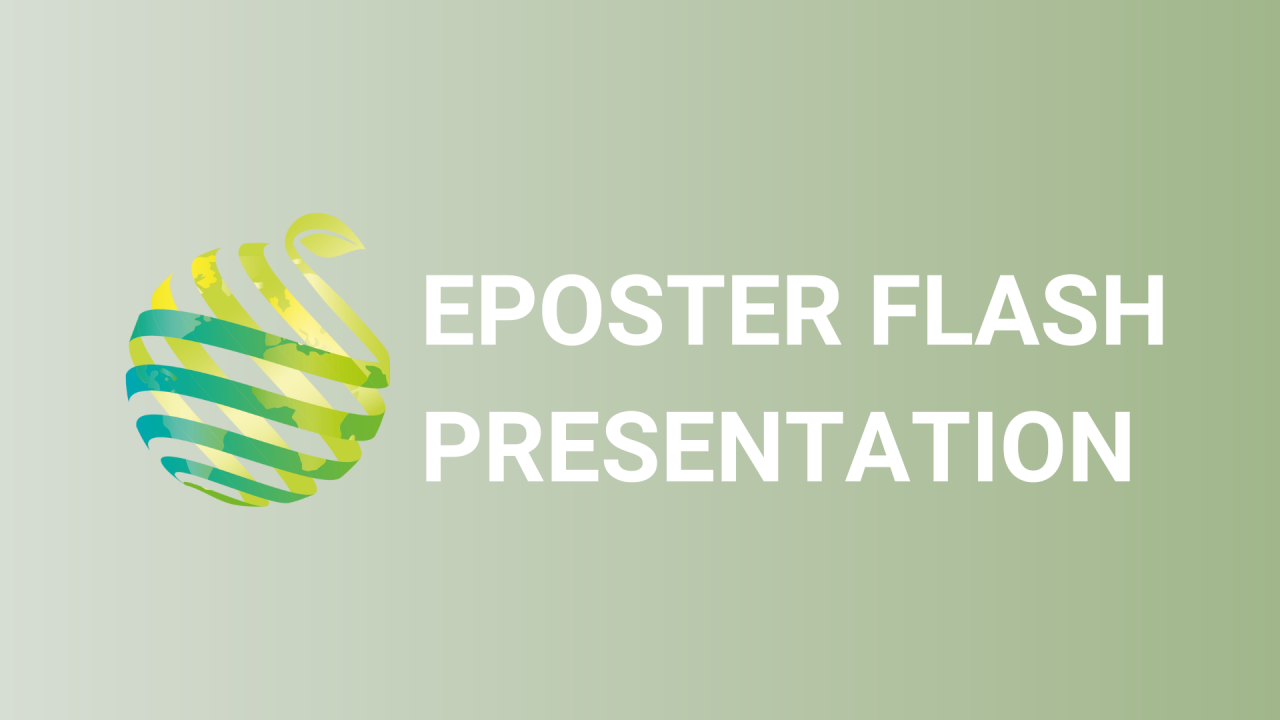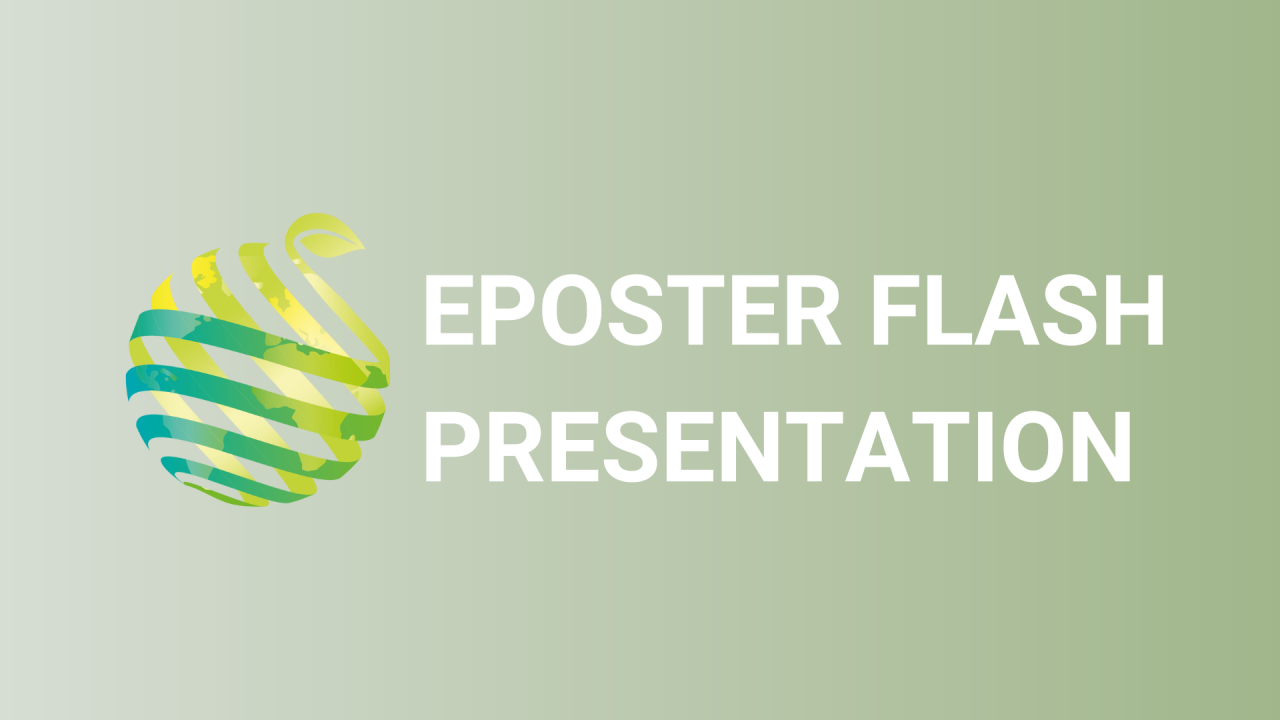

S01 - Session P9 - I - Detection of dynamic QTLs for traits related to organoleptic quality during banana ripening
Information
Authors: Sébastien Ricci *, Mathieu Lechaudel, Stella Biabiany, Angélique D'Hont, Guillaume Martin, Emilie Araou, Fabien Cormier, Françoise Carreel, Catherine Hervouet, Frédéric Salmon, Jean-Claude Efile, Félicie Lauri
Fruit quality traits are directly linked to consumer acceptability, and thus key targets for banana breeding programs. We explored the genetic control of three major organoleptic and ripening-related traits, namely pulp acidity (pH), firmness (PF) and dry matter content (DMC) over a 7-day ripening period and three production cycles in a banana segregating population genotyped by sequencing. Significant broad-sense heritabilities were estimated with 0.77, 0.46 and 0.81 values for pH, PF and DMC, respectively. QTL detection was first performed on the whole dataset to analyze their dynamics. In a second approach, per-cycle data were considered to evaluate the stability across production cycles. Finally, a meta-analysis was performed. Various QTLs were detected, as well as many QTL co-localizations, while 12 of these QTLs were more prominent as they were detected in several approaches and/or explained over 15.0% of the phenotypic variation. Candidate genes were proposed for 10 of these QTLs. The QTL with the largest contribution to pulp acidity (R 2 = 19.3n50.6%) was located on LG1_7 on the genetic map of 'Pisang Madu', i.e. a parent that is closely related to 'Cavendish', the world's most cultivated dessert banana cultivar group. This QTL is located on a chromosome derived from a reciprocal translocation that does not recombine in 'Pisang Madu', which is a favorable context for molecular marker monitoring. These first results will provide a relevant basis for marker-assisted selection in banana improvement programs.